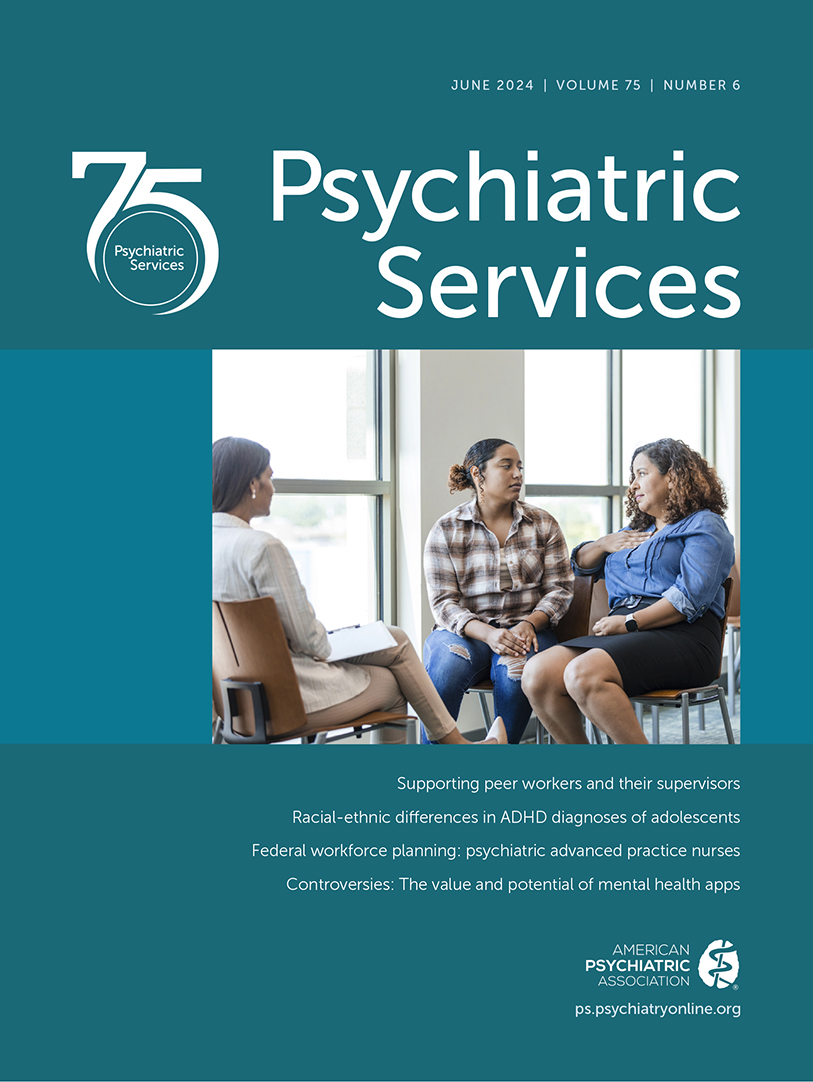An Approach to Enhancing Medication Treatment for Opioid Use Disorder in the HEALing Communities Study
Abstract
The HEALing (Helping to End Addiction Long-term) Communities Study (HCS) aims to test the effectiveness of the Communities That HEAL intervention in decreasing opioid overdose deaths in 67 communities across four U.S. states. This intervention enlists a collaborative team of researchers, academic experts, and community coalitions to select and implement interventions from a menu of evidence-based practices, including medications for opioid use disorder (MOUD). The HCS’s New York team developed an integrated network systems (INS) approach with a mapping tool to coach coalitions in the selection of strategies to enhance medication treatment. With the INS approach, community coalitions develop a map of service delivery venues in their local county to better engage people with medication treatment wherever this need arises. The map is structured around core services that can provide maintenance MOUD and satellite services, which include all settings where people with opioid use disorder are encountered and can be identified, possibly given medication, and referred to core programs for ongoing MOUD care. This article describes the rationale for the INS mapping tool, with a discussion framed by the consolidated framework for implementation research, and provides a case example of its application.
Access content
To read the fulltext, please use one of the options below to sign in or purchase access.- Personal login
- Institutional Login
- Sign in via OpenAthens
- Register for access
-
Please login/register if you wish to pair your device and check access availability.
Not a subscriber?
PsychiatryOnline subscription options offer access to the DSM-5 library, books, journals, CME, and patient resources. This all-in-one virtual library provides psychiatrists and mental health professionals with key resources for diagnosis, treatment, research, and professional development.
Need more help? PsychiatryOnline Customer Service may be reached by emailing [email protected] or by calling 800-368-5777 (in the U.S.) or 703-907-7322 (outside the U.S.).



